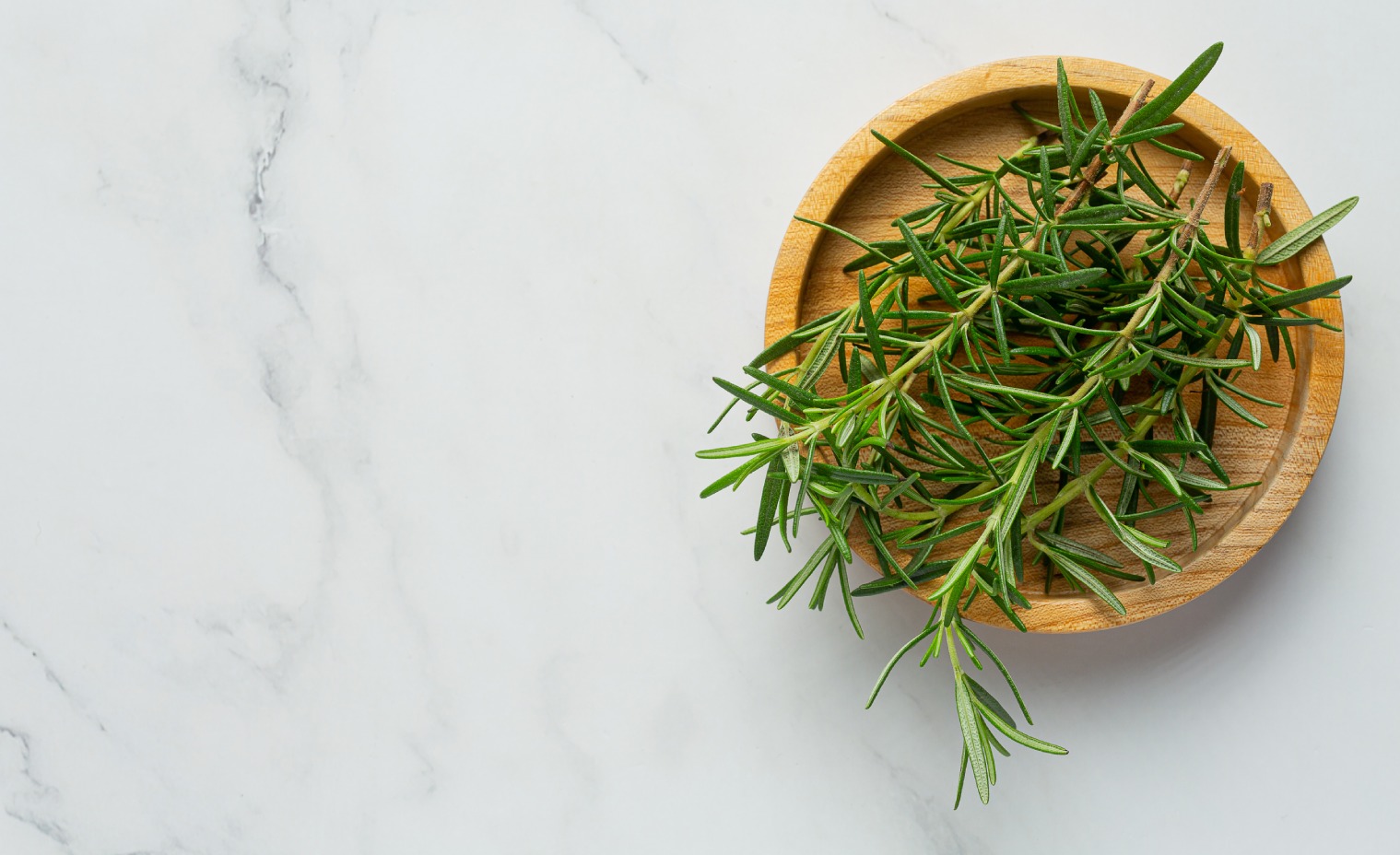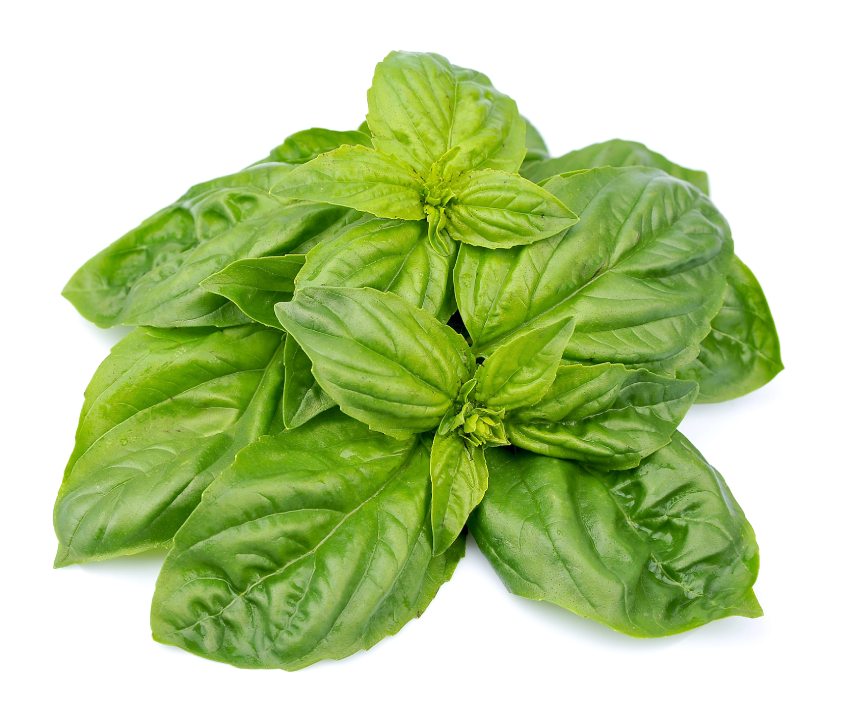Basil has been utilized in some form or another in practically every part of the world and has amassed its fascinating history throughout the centuries. The woody plant has a wonderful aroma and can be sweet, savory, or spicy.
Herbs are far more profitable than leafy greens, and they may be an excellent crop line for market gardeners and to be grown hydroponically. All of the common basil kinds can be grown hydroponically, thus the decision is more related to the flavour of the basil itself. It is most recognized now for its adaptability and unique flavour, which adds herbaceousness to a broad range of meals all across the world.
















